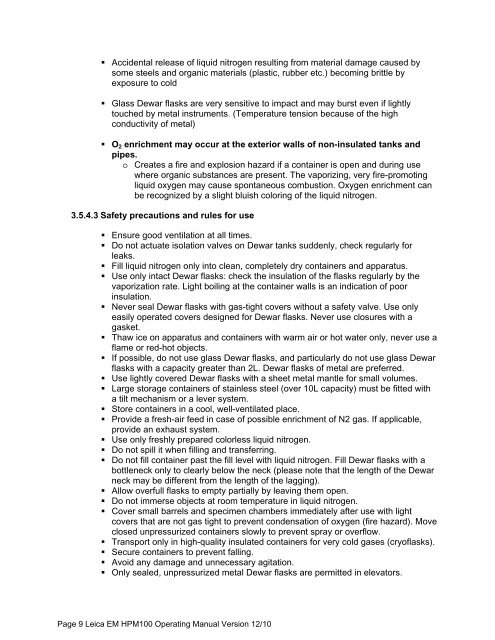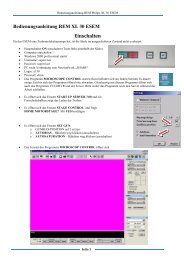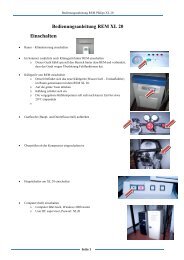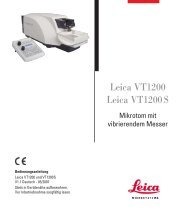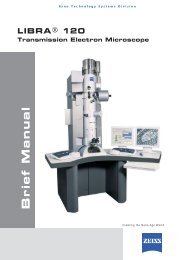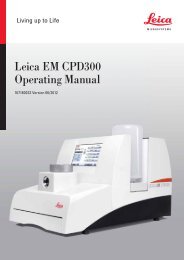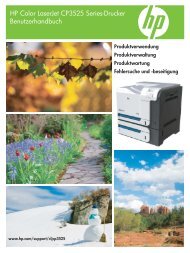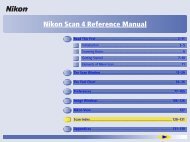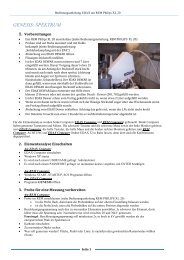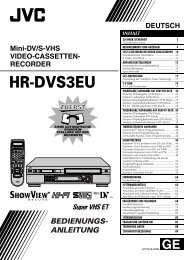You also want an ePaper? Increase the reach of your titles
YUMPU automatically turns print PDFs into web optimized ePapers that Google loves.
• Accidental release of liquid nitrogen resulting from material damage caused by<br />
some steels and organic materials (plastic, rubber etc.) becoming brittle by<br />
exposure to cold<br />
• Glass Dewar flasks are very sensitive to impact and may burst even if lightly<br />
touched by metal instruments. (Temperature tension because of the high<br />
conductivity of metal)<br />
• O 2 enrichment may occur at the exterior walls of non-insulated tanks and<br />
pipes.<br />
o Creates a fire and explosion hazard if a container is open and during use<br />
where organic substances are present. The vaporizing, very fire-promoting<br />
liquid oxygen may cause spontaneous combustion. Oxygen enrichment can<br />
be recognized by a slight bluish coloring of the liquid nitrogen.<br />
3.5.4.3 Safety precautions and rules for use<br />
• Ensure good ventilation at all times.<br />
• Do not actuate isolation valves on Dewar tanks suddenly, check regularly for<br />
leaks.<br />
• Fill liquid nitrogen only into clean, completely dry containers and apparatus.<br />
• Use only intact Dewar flasks: check the insulation of the flasks regularly by the<br />
vaporization rate. Light boiling at the container walls is an indication of poor<br />
insulation.<br />
• Never seal Dewar flasks with gas-tight covers without a safety valve. Use only<br />
easily operated covers designed for Dewar flasks. Never use closures with a<br />
gasket.<br />
• Thaw ice on apparatus and containers with warm air or hot water only, never use a<br />
flame or red-hot objects.<br />
• If possible, do not use glass Dewar flasks, and particularly do not use glass Dewar<br />
flasks with a capacity greater than 2L. Dewar flasks of metal are preferred.<br />
• Use lightly covered Dewar flasks with a sheet metal mantle for small volumes.<br />
• Large storage containers of stainless steel (over 10L capacity) must be fitted with<br />
a tilt mechanism or a lever system.<br />
• Store containers in a cool, well-ventilated place.<br />
• Provide a fresh-air feed in case of possible enrichment of N2 gas. If applicable,<br />
provide an exhaust system.<br />
• Use only freshly prepared colorless liquid nitrogen.<br />
• Do not spill it when filling and transferring.<br />
• Do not fill container past the fill level with liquid nitrogen. Fill Dewar flasks with a<br />
bottleneck only to clearly below the neck (please note that the length of the Dewar<br />
neck may be different from the length of the lagging).<br />
• Allow overfull flasks to empty partially by leaving them open.<br />
• Do not immerse objects at room temperature in liquid nitrogen.<br />
• Cover small barrels and specimen chambers immediately after use with light<br />
covers that are not gas tight to prevent condensation of oxygen (fire hazard). Move<br />
closed unpressurized containers slowly to prevent spray or overflow.<br />
• Transport only in high-quality insulated containers for very cold gases (cryoflasks).<br />
• Secure containers to prevent falling.<br />
• Avoid any damage and unnecessary agitation.<br />
• Only sealed, unpressurized metal Dewar flasks are permitted in elevators.<br />
Page 9 <strong>Leica</strong> <strong>EM</strong> <strong>HPM100</strong> Operating Manual Version 12/10


